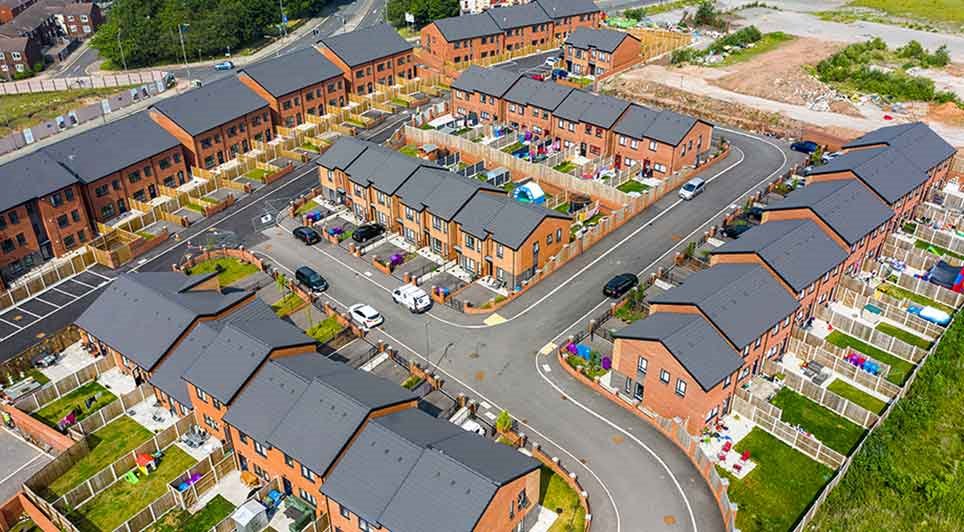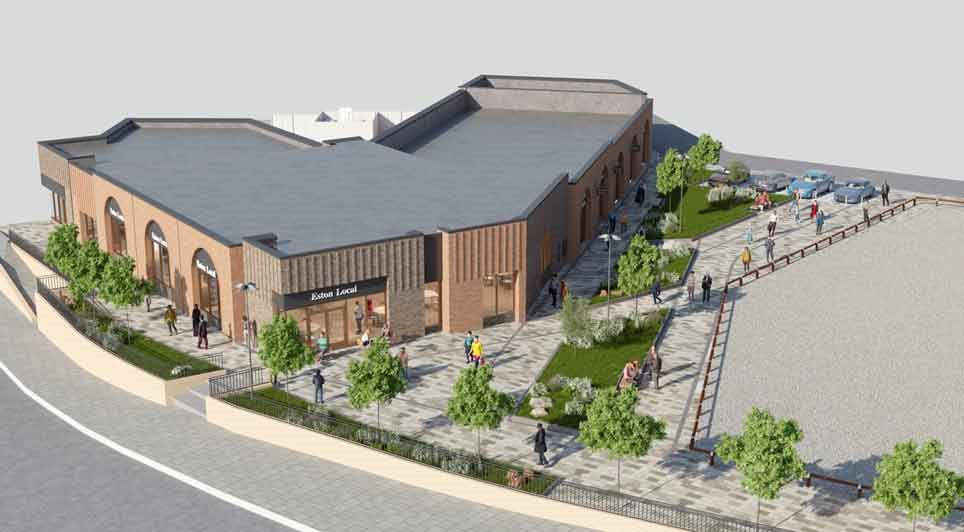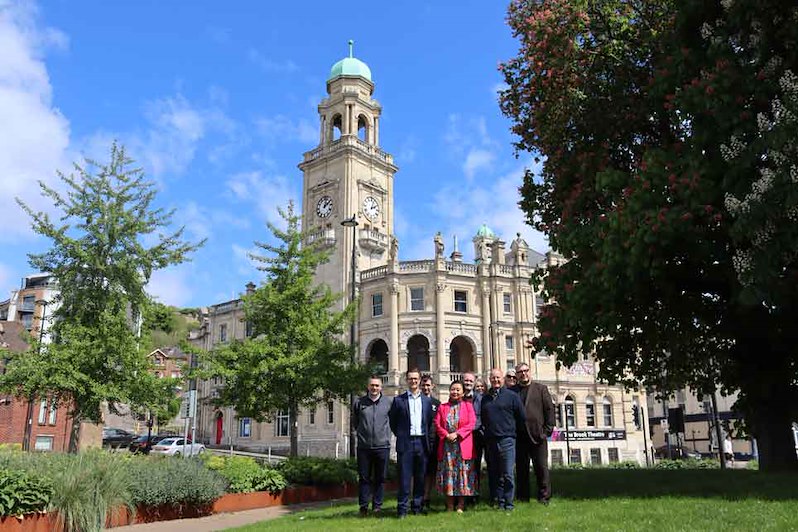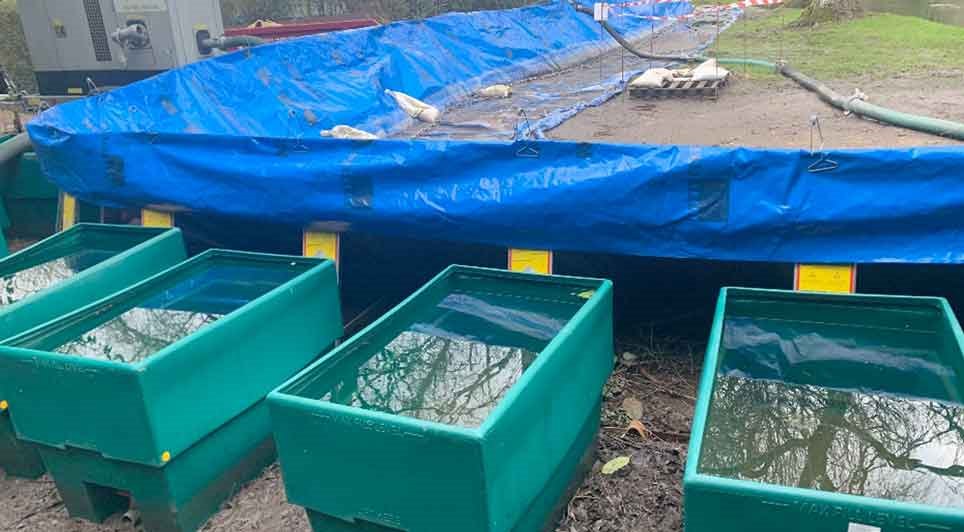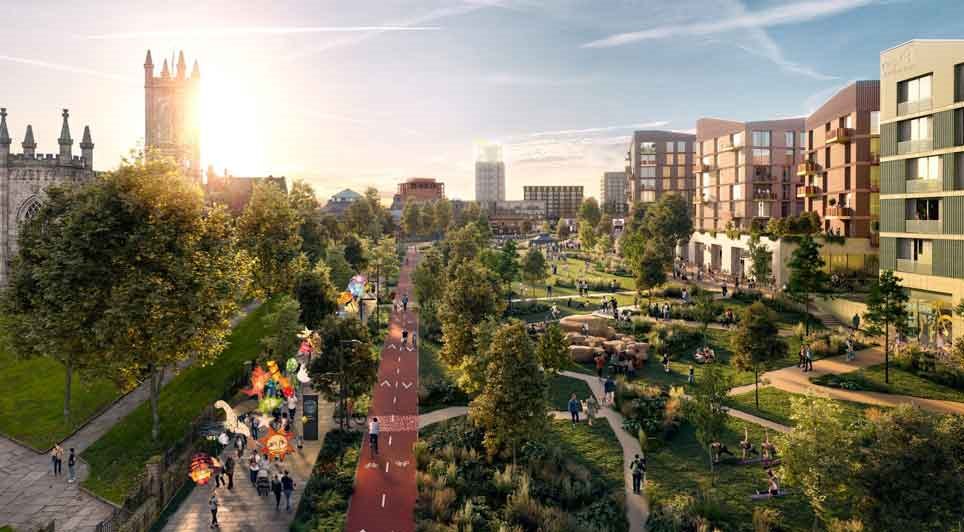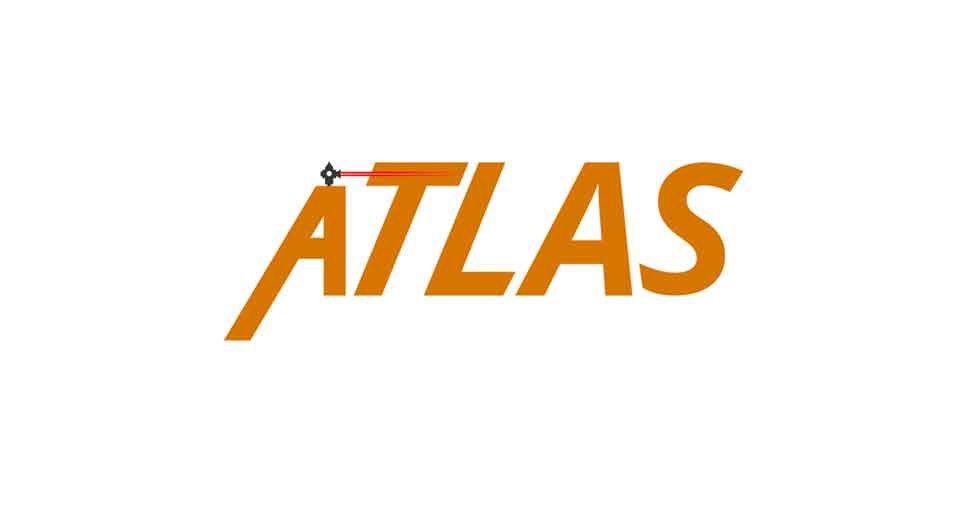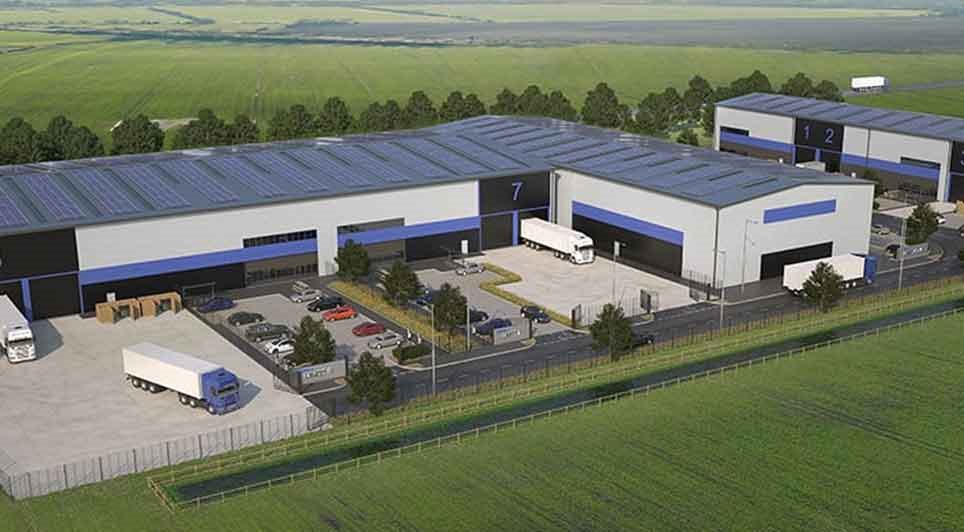In 'Planning ahead', a paper published today, Network Rail, the Association of Train Operating Companies (ATOC) and the Rail Freight Operators' Association (RFOA), look beyond recent improvements in punctuality and the work already agreed to develop the railway over the next five years.
The paper sets out a vision for the long term future that focuses on passenger and freight users' needs, including a railway capable of handling potential demand that could double over the next 30 years and possibly even triple in the longer term.
It points to a railway where:
- Passengers experience more comfortable journeys with better stations, less overcrowding
- There is much better integration with other forms of transport, with parkway stations for major cities and towns to relieve road congestion and better rail links to airports
- 80% of passengers travel on a green, electrified network
- There is new capacity on the network, including new high speed lines that has all but replaced internal flights
- Record train punctuality will be further improved and sustained
- Most replacement bus services during improvement work have been eliminated
- Freight market share doubles from 11.5% to 20% taking millions of lorry journeys off our roads
- The railway plays a vital role in reducing carbon emissions
- Track-side signals and telephones are eradicated as trains are controlled by computer and digital radio technology
- The taxpayer, passenger and freight users see a network that is highly efficient and affordable
Paul Plummer, Network Rail's Director of Planning and Regulation, said: "With railway assets having a typical life of between 30 to 60 years, a long term-strategic view of what our railways will need to deliver in the decades ahead is essential.
"Today's publication is a start but much more work will be done as the industry works to advise and guide governments in making affordable investment decisions that will benefit the passengers and freight users of the future."
(CD/JM)
 UK
UK Ireland
Ireland Scotland
Scotland London
London

.gif)

